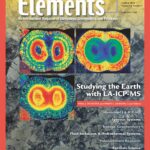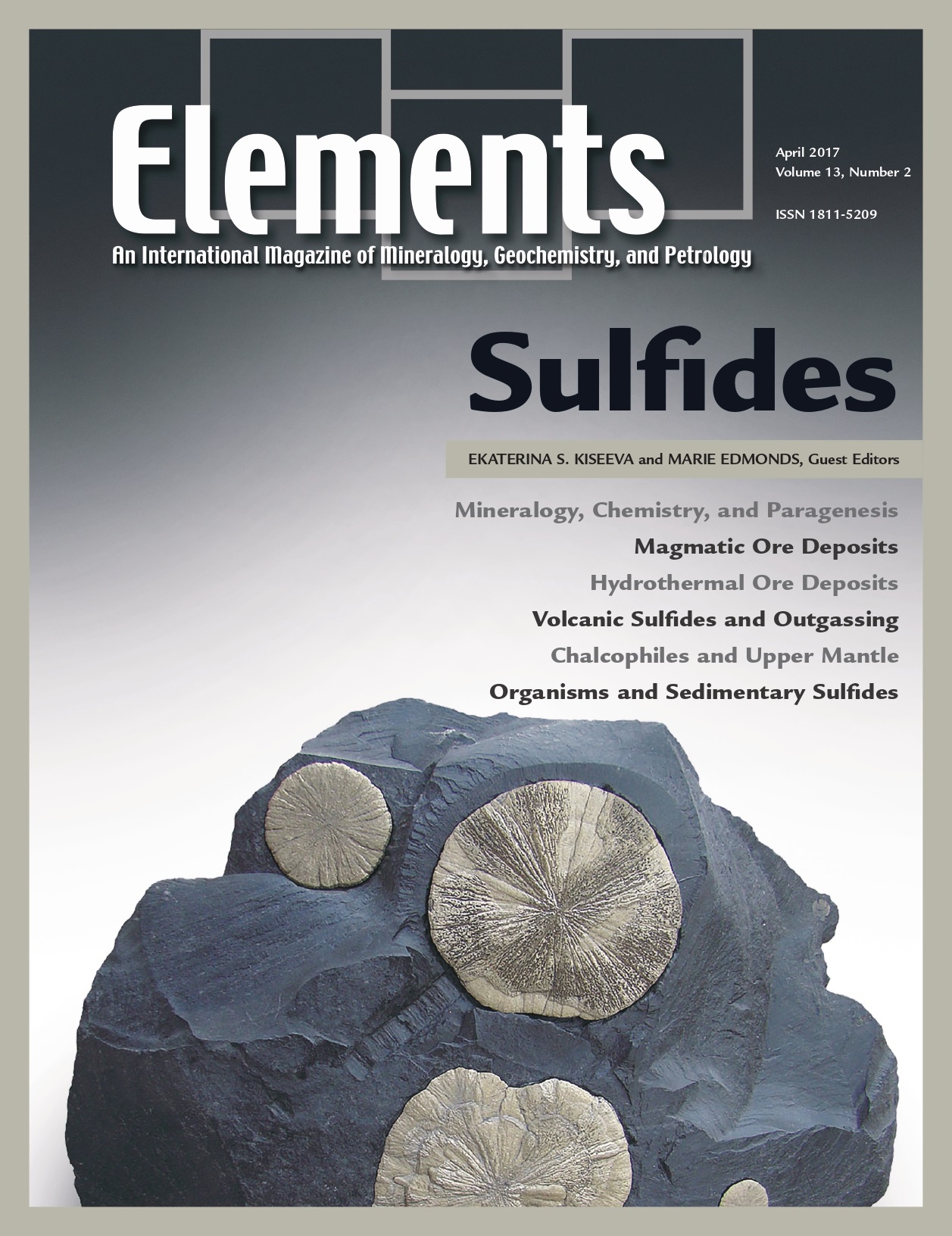
Studying The Earth Using La-ICPMS, October 2016, Vol. 12, No. 5
June 28, 2024
Mineral Resources And Sustainable Development, October 2017, Vol. 13, No. 5
June 28, 2024Sulphides, April 2017, Vol. 13, No. 2
$20.00
Despite the bulk silicate Earth only containing 250 parts per million of sulphur, sulphide minerals and liquids have a powerful impact on the behaviour and fractionation of a wide range of elements in the Earth’s crust and underlying mantle. According to the V.
Sulphides
April 2017, Vol. 13, No. 2
Despite the bulk silicate Earth only containing 250 parts per million of sulphur, sulphide minerals and liquids have a powerful impact on the behaviour and fractionation of a wide range of elements in the Earth’s crust and underlying mantle. According to the V. M. Goldschmidt classification, in the periodic table there are 18 chalcophile elements that have affinity for sulphur and form sulphides. Besides the chalcophile elements, a large number of siderophile elements are also found in nature in association with sulphides. This issue focuses on the broad topics of magmatic and volcanogenic sulphide deposits, the behaviour of sulphides during mantle melting and volcanism, and the mineralogy of sulphides and sedimentary sulphides and their role in the early development of the biosphere.
Why You’ll Love Elements Magazine:
- Expert Contributors: Articles written by renowned researchers in the field of geoscience.
- Engaging Content: Join a community of readers who are passionate about Elements.
- Exceptional Quality: Each issue is printed on high-quality paper with stunning visuals and detailed illustrations that bring complex scientific concepts to life.
Order your copy of the April 2017 issue of Elements magazine today and explore sulphides.
Related products
-
Supervolcanoes, February 2008, Vol. 4, No. 1
$20.00Explosive super-eruptions from large volume, shallow magma systems lead to enormous and devastating pyroclastic flows, the formation of gigantic collapse calderas, and deposition of volcanic ash over continent-sized areas. Recognition that future eruptions from these “supervolcanoes” will undoubtedly have severe impacts on society—and perhaps on life itself—has led to recent public and media interest.
-
Fluids in Planetary Systems, January 2005, Vol. 1, No. 1
$20.00Water and other geofluids play an important role in the geochemical and rheological evolution of the Earth and other bodies in the solar system. These fluids are responsible for the formation of hydrothermal mineral deposits, affect eruption behavior in volcanic systems and the geophysical properties of the mantle, and significantly affect the way in which rocks deform and fracture.
-
Diamonds, March 2005, Vol. 1, No. 2
$20.00Diamond, the fascinating ultrahard mineral, is the focus of considerable interest and scientific research. Recent advances particularly relevant to geoscientists include: diamond as a recorder of Earth processes from the perspective of inclusions, chemistry, and conditions of formation; synthesis for research applications and processing to modify color and physical properties, important to diamond gems and anvils; the implications of nanodiamonds from meteorites.




